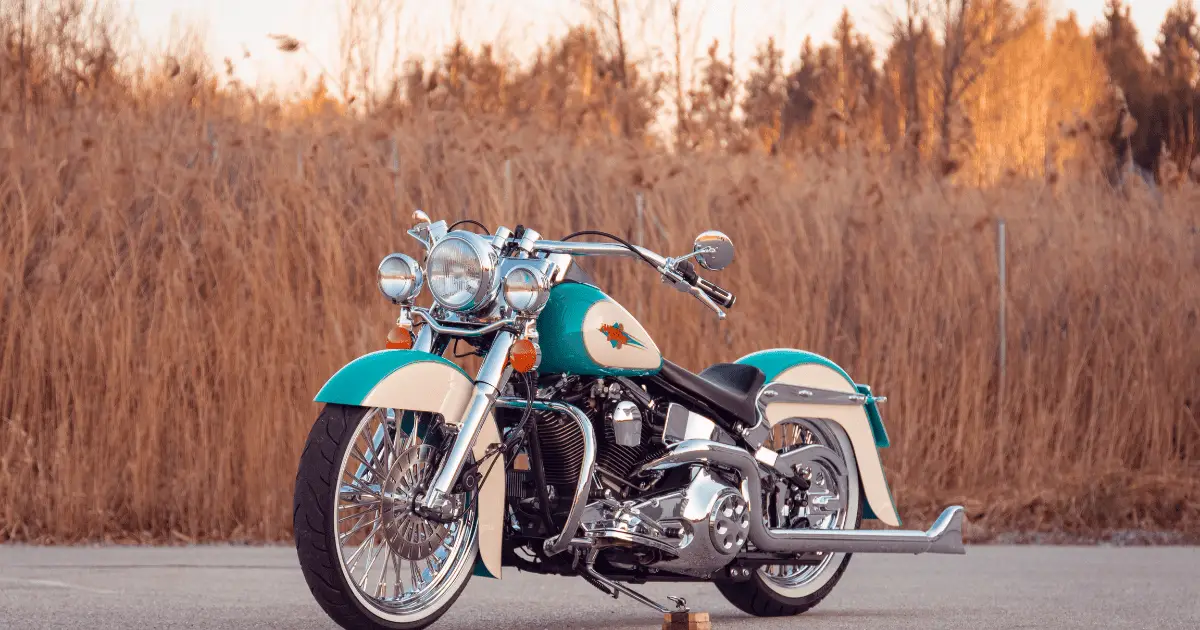Last Updated on January 9, 2024 by Pittalks
You’re about to embark on an exhilarating ride into the heart of biker lore with the “Best Year Harley Twin Cam Engine: A Surprising Overview”. If the deep rumble of a Harley Davidson gets your blood pumping, then knowing which Twin Cam engine reigns supreme is crucial. This article throttles through the history and hype of these engines, especially those produced between 1999 and 2002—a period often hailed as the golden era for Harley’s Twin Cam. Your love for the open road and appreciation for engineering excellence will get a fresh boost as you discover what set these engines apart, from their robust crankshafts to the high-quality heads. And for the bikers who can’t resist a good debate, you’ll find plenty to ponder as we roll past the twists and turns of the Twin Cam’s famed history and its face-off with the Evo motor.
Evolution of the Twin Cam Engine
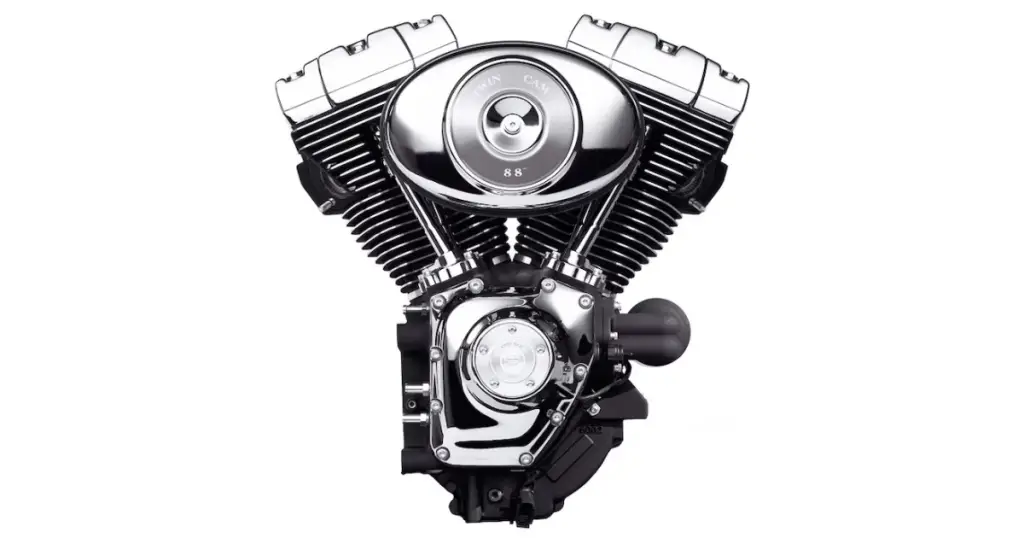
Origins and improvements over time
Back in the day, when Harley-Davidson introduced the Twin Cam engine, you could almost feel the collective pulse of bike enthusiasts racing. You see, compared to its predecessors, the Twin Cam engines offered not just an iconic rumble and increased power, but a more modern, sophisticated design too. Over time, your beloved Twin Cam has seen a series of improvements, including better power delivery and enhanced reliability. It’s the kind of evolution that brings a smile to your face, knowing it stems from a rich history of engineering excellence.
Key engineering advancements
As you dive deeper into the Twin Cam narrative, it’s clear that critical engineering advancements are at its heart. Among them, the balance shafts added in some models to reduce engine vibrations, and the option for fuel injection over the traditional carburetor setup made all the difference. This choice improved air and fuel delivery, engine efficiency, and the overall smoothness of your ride.
Notable milestones in Twin Cam history
Let’s not forget the milestones that have solidified the Twin Cam’s place in motorcycle history. Who could ignore the introduction of the Twin Cam 88 in 1999, replacing the beloved Evolution engine and marking the next era of Harley powerplants? Or the later transition to the 96 and 103 cubic inch displacements? These moments are pivotal chapters in your Twin Cam engine scrapbook.
Related: Harley’s Twin Cam vs Evo: Who’s Really The King Here?
Identifying the Best Year for the Twin Cam Engine
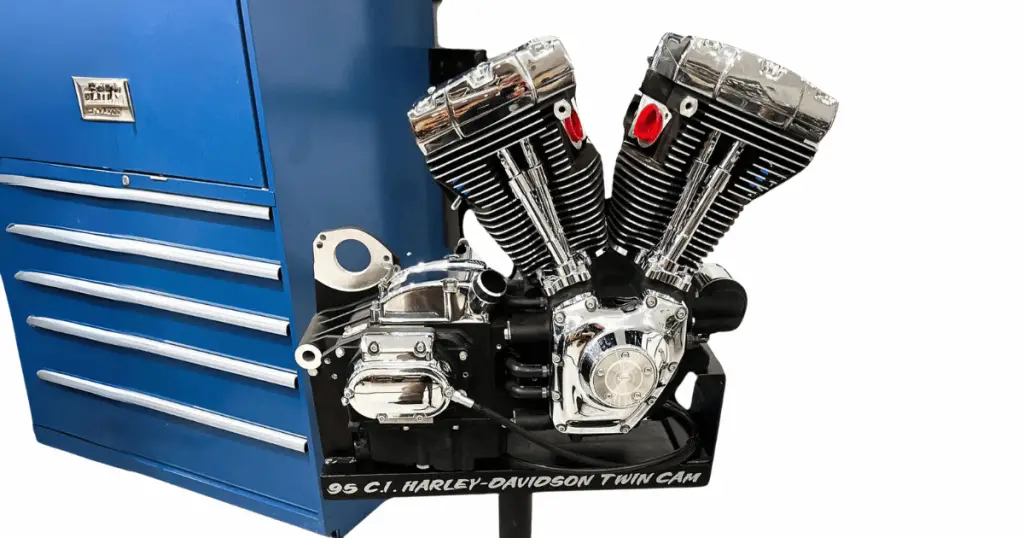
Criteria for evaluation
When you’re trying to pinpoint the best year for the Twin Cam engine, you consider factors like power, reliability, maintenance, and even the upgrades available. It’s like finding that sweet spot where performance meets practicality, and you know it when you feel it.
Comparison across different years
Comparing different years of Twin Cam engines is akin to tasting different vintages of fine wine – they each have their distinct flavors. Some years saw engines that were more robust, while others grappled with teething problems. You’ve got to weigh the trade-offs, considering every tweak and tune-up that marked each year’s model.
How did it compare to the engine series to follow, though? Twin Cam vs Milwaukee 8: Who’s The Harley Engine King?
Expert opinions and consensus
When it comes to sifting through expert opinions, you’re likely to find a general consensus around the engines produced between 1999-2002. The chatter in workshops and forums alike tends to tip the hat to these years on account of their superior build and performance qualities.
Related to this section:
- Harley 103 Engine: Power and Problems Unveiled (Good Motor or No?)
- Twin Cam 88 vs 96: Which TC Is Really The King?
The Pinnacle of Twin Cam Performance: 1999-2002
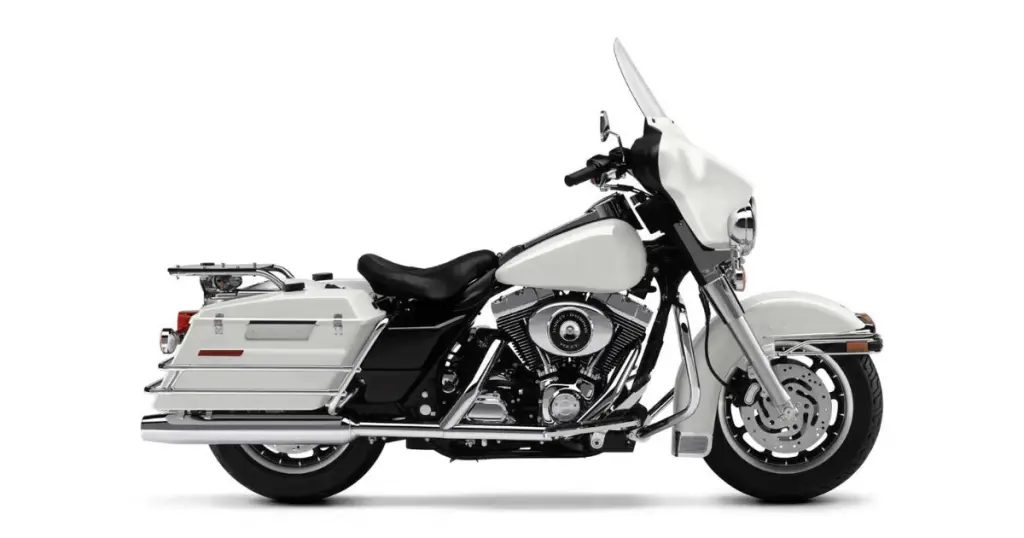
What set these years apart
The Twin Cam engines from 1999-2002, well, they’re like a finely crafted symphony of moving parts. What set these years apart was a harmonious blend of durability and power, thanks to reliable crankshafts and high-efficiency heads. It’s almost as if everything came together just right, earning these engines a gold star in the eyes of Harley aficionados.
Technical specifics of the engines from this period
Diving into the technical specifics, these engines boasted a robust crankshaft design, pivotal to converting piston motion into that signature Harley roar. The heads, responsible for mixing the air and fuel just so, were engineered with an eye for efficiency and power, making these years stand out in the technical arena.
Rider experiences and testimonials
You’ve probably heard tales from riders with Twin Cams from this era – stories laced with a tinge of nostalgia and a dose of adrenaline. Ask around, and you’ll likely be regaled with testimonials of the raw power and reliability these engines offered, creating a near-mythical status among the Harley crowd.
Technical Analysis: Crank and Head Design
Importance of crank design
The crank, in essence, is the skeleton of your engine’s power. Its design is so important because it orchestrates the transformation of linear energy into the rotational force that spins your wheels. A well-built crank equals a hearty, long-living engine – it’s as simple as that.
The superiority of head construction
Just like the importance of a good foundation for a house, the superiority of head construction sets the tone for an engine’s performance. Efficient heads mean your Twin Cam’s breath – the intake and exhaust – is as free-flowing and powerful as you want it to be without the handicap of poor engineering.
Comparison with subsequent Twin Cam changes
When you stack these engines up against later iterations of the Twin Cam, you start to see why they’re so revered. Whereas some models post-2005 saw less durable cranks and heads that maybe didn’t quite hit the mark, Twin Cams from your defined golden period tend to consistently deliver the goods.
Cam Chain Tensioner: Issues and Solutions
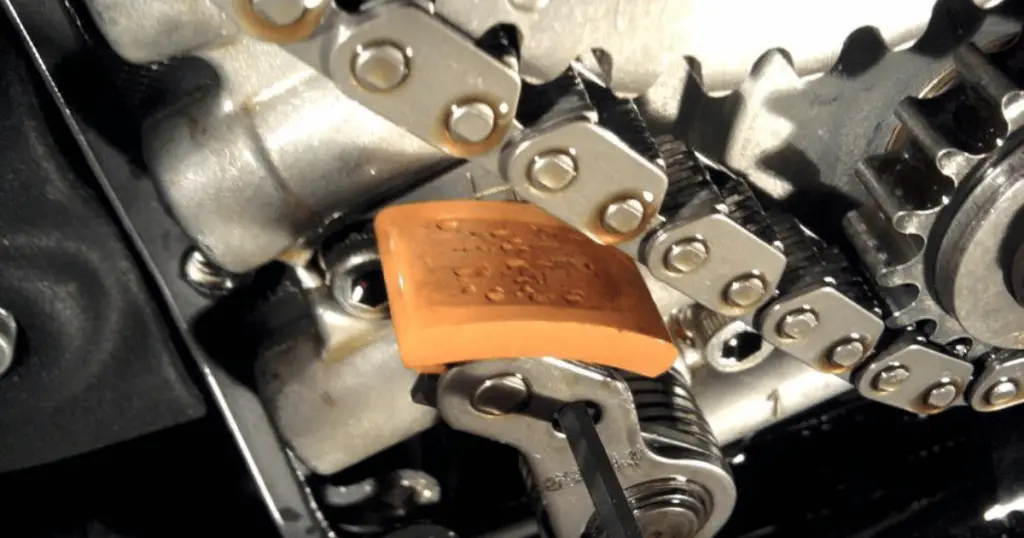
The problem with early cam chain tensioners
You’ve probably heard the grumbles about early Twin Cam engines’ cam chain tensioners. The plastic shoes, bless their hearts, just couldn’t stand the heat in the engine’s kitchen, wearing down and causing problems that no rider wants to deal with.
Solutions implemented by Harley Davidson
To their credit, Harley-Davidson took up the problem, tackling it head-on with a hydraulic tensioning system that offered an initial sigh of relief among riders, even though it later emerged that it wasn’t a permanent fix. But then again, what in life is?
Long-term effectiveness of these solutions
Regarding the long-term effectiveness of these solutions, you’ve got a mix of verdicts. While the tensioner fixes weren’t foolproof, they did extend the life and performance of the Twin Cam engines quite a bit. But like any good story, a plot twist of aftermarket solutions and upgrades emerged to give you a more conclusive happily ever after.
Iconic Models Featuring the Best Twin Cam Engines
2009 FXDF Dyna Fat Bob
The 2009 FXDF Dyna Fat Bob, for instance, is one such model where the engine’s grunt and growl fits its bad-to-the-bone aesthetic. That bike not only looks the part but the Twin Cam engine under its skin ensures it lives up to its tough-guy rep.
2006 FXSTS Springer Softail
Remember the 2006 FXSTS Springer Softail? That’s a ride that takes you back, blending old-school vibes with the dependable power of the Twin Cam nestled within its frame. It’s a classic that manages to look back while charging forward.
2008 FXSTC Softail Custom
Then you’ve got the 2008 FXSTC Softail Custom. A bike that’s as much about the cruising comfort as it is about the engine’s capabilities. Partnered with the Twin Cam from our golden period, this Softail’s both a performer and a looker.
The Twin Cam vs. Evo Motor Showdown
Contrasting the engineering philosophies
You could get into a lively debate about the Twin Cam versus the Evo Motor any day of the week. The contrasting engineering philosophies – one aiming for raw power and the other for bulletproof reliability – offer distinct approaches to the question of what makes a truly great engine.
Performance and reliability comparisons
In terms of performance and reliability, you’re comparing a heavyweight powerlifter with a nimble marathon runner – both impressive in their arenas. The Twin Cam, with its ample horsepower and torque, goes toe to toe with the long-lasting, no-nonsense reliability of the Evo.
Personal preferences in the motorcycling community
In the end, it boils down to personal preferences within the motorcycling community. Some swear by the rumble and rush of the Twin Cam, while others will never part from the trusty, steadfast Evo. It’s this diversity in taste that keeps the debates interesting and the Harley spirit thriving.
FAQs and Myths about the Twin Cam Engines
Common misconceptions
Now, let’s tackle some common misconceptions about Twin Cam engines. No, they’re not all ticking time bombs waiting to blow your ride into the next county. And despite what you might hear, not every year’s model is prone to cam chain tensioner failure.
Addressing frequently asked questions
You’re bound to have questions, and luckily, there are answers. Yes, there are differences between Twin Cam and Evo engines that influence performance and maintenance. And no, those high-mileage Twin Cams haven’t necessarily had their day.
Clarifying the truths about Twin Cam engines
The truth is, the Twin Cam engines have carved out a legendary place in Harley history for a reason. They’re strong, adaptable, and when treated right, as reliable as the sunrise. Persistent myths do little to dull the sheen of what is one heck of a power unit.
Investment Perspective: Are 1999-2002 Twin Cams Worth It?
Resale value and market demand
From an investment perspective, Twin Cams from 1999-2002 stand their ground in terms of resale value and market demand. They’re the vintage collectibles of the bike world, and their robust construction means they’re not just holding onto their value; they’re still sought after.
Cost of maintenance and availability of parts
As for the cost of maintenance and the availability of parts, yes, you may spend a bit more on upkeep, but part of the joy of owning an iconic bike is in the care and feeding of it. And parts? There’s a thriving community and aftermarket that keep your Twin Cam running.
Long-term investment outlook
Looking at the long horizon, the 1999-2002 Twin Cams are a solid bet. They’re not just bikes; they’re chapters of motorcycle lore that you can ride. And as anyone who’s turned their head to watch one pass knows, that experience is priceless.
Performance Enhancements for Twin Cam Bikes
Upgrades and modifications for power increase
If you’re itching to squeeze even more muscle out of your Twin Cam bike, there’s a smorgasbord of upgrades and modifications available. Think bigger bore kits, snappier cams, and free-flowing exhausts – just be sure to balance your thirst for power with a dollop of common sense.
Impact of enhancements on engine lifespan
Every upgrade comes with its caveat, of course. Go too wild on the modifications, and you might just nudge your engine lifespan towards the shorter end of the stick. It’s always a dance between your need for speed and the whispered advice of your mechanic.
Balancing performance with reliability
In the world of performance enhancements, the golden rule is balance. Push the upper limits of performance, sure, but keep an eye on reliability. After all, what good is a roaring twin cam engine if it’s not ready to hit the road when you are?
And there you have it – a comprehensive dive into the Twin Cam engines’ past, present, and pumped-up future. Whether you’re hunting down the best model year, pondering tweaks, or simply soaking up Harley history, you’ll find the Twin Cam saga is as rich and roaring as the bikes themselves.

